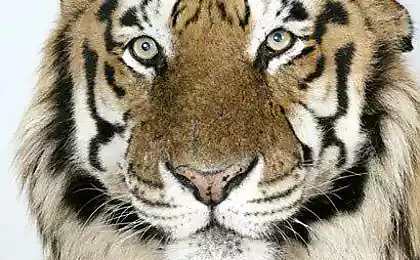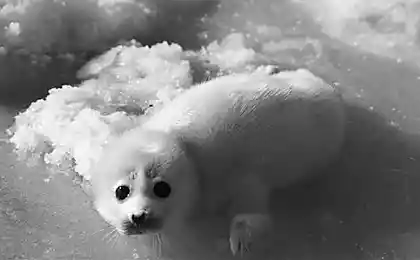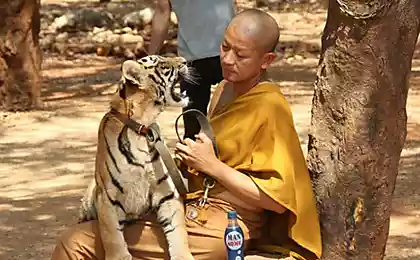426
Striated dendrobates
Meet the cross-striped poison frog (lat. Oophaga lehmanni)! This funny frog in a bright suit belongs to the family of poison dart frog. All members of this glorious family have unusual color and poisonous. So he decided to keep up with their relatives. Poison transversely-striped poison frog, though not as strong, but still dangerous for some predators.
Nineteen million four hundred seventy one thousand four hundred fifty
Cross-striped poison dart frog is a very small frog, ranging in length from 3.1 to 3.6 cm. they Have a smooth dark brown or black leather, decorated with two red, yellow or orange stripes. One is located above the head, the second in the lower back. On the feet, too, there are strips. Adult males can be distinguished by the silver tips of his fingers.
Twenty two million seven hundred nineteen thousand nine hundred eighty six
Living transversely-striped poison frog in a small area of Colombia in the Department of Valle del Cauca, at altitudes from 850 to 1200 m above sea level. Active in the daytime. Feeds on various insects, many of which are poisonous. That is why he, too, appears the poison, which it uses for protection.
Eight million three hundred forty thousand one hundred seven
Interestingly, the inhabitants of terrariums, as well as tadpoles and young frogs are not poisonous. This is due to their diet of poisonous insects only eat the adults, living in freedom. Tadpoles and young frogs prefer a completely different food, and the inhabitants of terrariums these insects just do not give.Forty three million ten thousand seven hundred fifty eight
During mating season the males emit a melodious trill that attract them to females. The song seduced the female lays eggs on leaves a few large eggs, trying to make it at a height of 1.2 m from the forest floor. The male fertilizes the eggs and then cares for her. Through 14-28 days caring father carries the offspring on her back to a more comfortable place: it leaves each kid in a separate small "pond", located in the leaf axils. Only the development of young animals takes 2-3 months.
Source: zoopicture.ru























